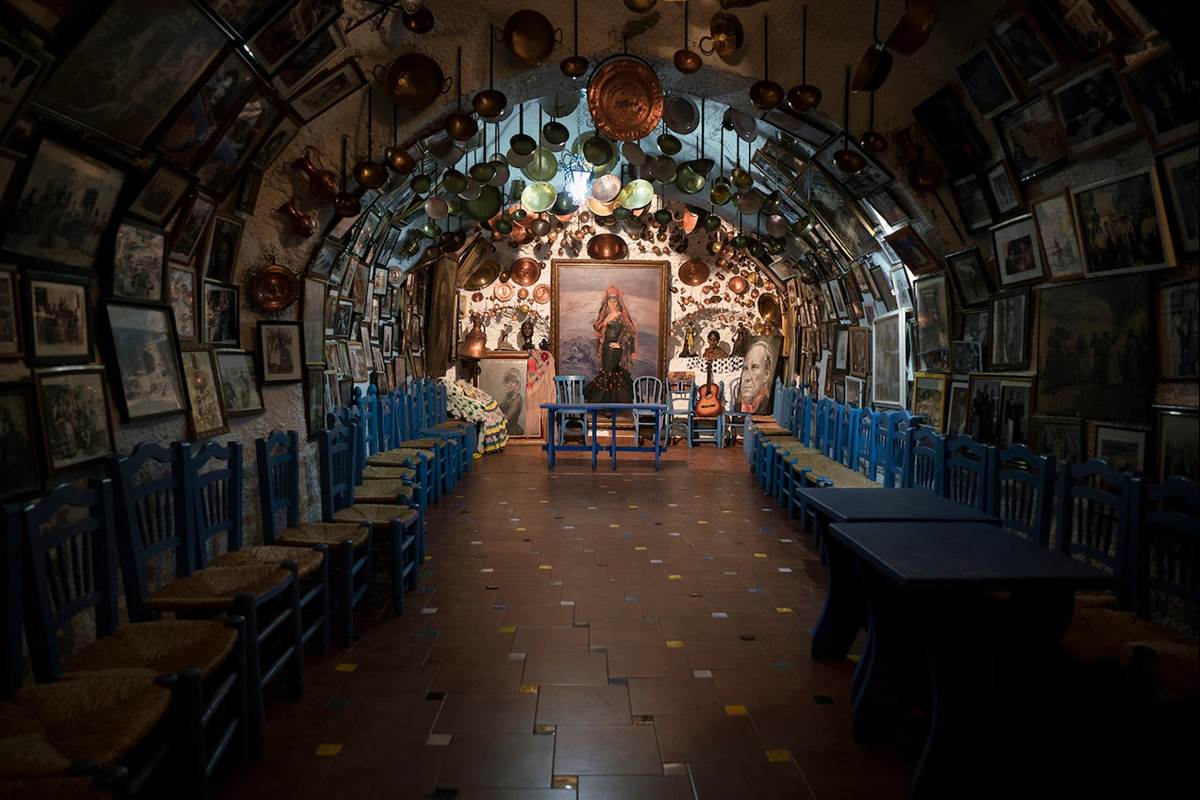Season 8 of Overheard at National Geographic began with the world’s most famous cave dwellers, bats. A fitting segue into episode 2, this week’s new release focuses on people who live in caves. It’s not just focusing on the past, but also the present and future. Here’s a recap of “Modern Lives, Ancient Caves.”
This episode is hosted by Davar Ardalan, who explains that over 30 million people currently live in caves in China alone. Cave dwellings can be found all over the world and in fact, some of the earliest pilgrims in the United States first set up communities in caves along the Delaware River. That was the beginning of the nation’s first capital, Philadelphia, where some of these cave dwellings still exist as basements of houses and businesses along Front Street. That was in 1681, just 340 years ago.
Cave expert and author William Hunt is one of the special guests for this episode, who traces modern-day fascination with caves to French photographer Félix Nadar. He invented the first battery-operated light and used it to photograph the catacombs under Paris, which kickstarted a trend in 1861 for Parisians to explore the underground tunnels for fun. He also dives into the mythology of caves, adding that every ancient culture has a concept of an underworld, many of them having their own deep cave systems. These ancient civilizations also started the practice of going underground and extracting minerals like gold, silver and diamond.
The majority of the episode features Chilean photographer and National Geographic Explorer Tamara Merino, who has visited and documented three modern-day cave-dwelling communities and hopes to continue her work soon. First up is Hatch Rock, Utah, where fundamentalist Mormons have lived in manmade cave dwellings since the 1970s. It’s a completely self-sustaining society, living off their own water well and using solar power to provide electricity and internet access to each dwelling. Known as “The Rock,” the polygamist community lives away from the mainstream Mormon culture that shuns their ways.
In Coober Pedy, Australia, which is known as the “Opal capital of the world,” mining traditions that were started 46,000 years ago by aboriginal cultures are still in practice today by a society of miners who also live in dugouts in order to protect it. The underground lifestyle also keeps the residents cool, with hot surface temperatures but a comfortable 75 degrees Fahrenheit underground. Finding opal is rare here, but when a resident does find some, it has the power to change their lives.
In the Andalusia region of Spain in a mountainous cave system, Jewish and Muslim populations escaped being forced to convert to Christianity in 1492. It has continued to become a home for thousands of people fleeing political turmoil and constraints of conventional life, with residents including residents of other parts of Europe as well as Africa. In Sacromonte, the darkness acts not as something to fear but as a place of refuge.
It’s estimated that over half of the Earth’s caves are still unexplored and with climate change proposing new threats to our above-ground way of living, both William Hunt and Tamara Merino discuss a vision of the future where much of society moves underground. In East Asia, large-scale housing projects are already building underground levels of apartments. It’s a more eco-friendly way of living and one that can help reduce our carbon footprint on the world. Next up for Tamara Merino are visits to other cave-dwelling communities in Tunisia, Mexico, and China.
Click here to listen to “Modern Lives, Ancient Caves.”

